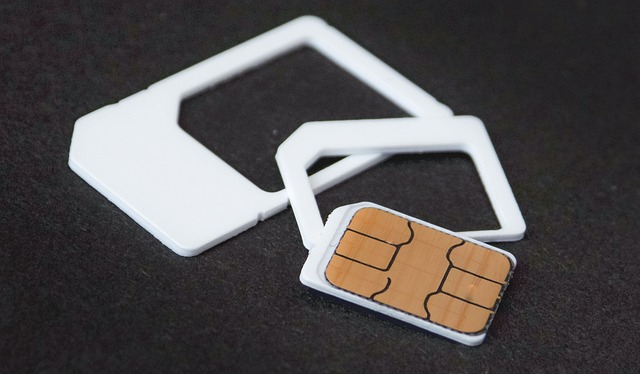SIM Card: How it works and why it matters
A SIM card (Subscriber Identity Module) is a small removable or embedded chip that links a mobile phone to a mobile network. It stores identity and authentication data, enables cellular connectivity, and often contains basic contact and configuration information. Whether physical or embedded (eSIM), SIMs play a central role in how digital telecommunication systems identify users and deliver voice, text, and data services.

What is a SIM card in digital networks?
A SIM card contains a unique identifier (IMSI) and encryption keys that let a network recognize and authenticate a subscriber. In modern digital networks, SIMs also store operator settings, preferred roaming lists, and sometimes small applications. eSIM technology moves that secure profile into device firmware, allowing remote provisioning and easier switching between operators without inserting physical cards. SIMs are therefore both an identifier and a secure container for credentials used by telecommunication systems.
How do SIM cards work in cellular systems?
In cellular networks, the SIM pairs with a network’s authentication center to validate subscription status each time a device connects. The mobile phone and the SIM perform cryptographic exchanges with base stations under standards such as GSM and LTE. The SIM’s IMSI tells the network which account to bill; the device’s radio communicates over cellular air interfaces to make calls, send messages, and access data. Physical SIMs come in sizes (standard, micro, nano), while eSIMs eliminate the need for a specific physical form factor.
How do SIMs relate to telecommunication standards?
Telecommunication standards define how SIMs are used across networks. GSM introduced the SIM concept; subsequent standards (UMTS, LTE, 5G) extended SIM functions and security. Modern networks also use SIM-based authentication for services like VoLTE (voice over LTE) and IMS-based messaging. Operators manage SIM profiles and provisioning according to regulatory and interoperability requirements, which helps devices from different manufacturers connect reliably across national and international networks.
Why SIM cards matter for your mobile phone experience?
On a mobile phone, the SIM determines which operator and plan the device uses, how it roams, and sometimes which services are enabled. It affects number portability, the ability to receive network updates, and whether some device features (for example, carrier-specific VoLTE) are available. SIMs can also store small amounts of user data like contacts or SMS messages, though most users now rely on cloud sync. For frequent travelers, choosing SIM options and roaming arrangements from local services in your area can meaningfully change connection quality and costs.
How do telecom providers manage SIM services?
Telecom providers handle SIM issuance, activation, replacement, and lifecycle management. They can supply physical SIM cards at retail locations or deliver eSIM profiles over the air. Providers also implement security measures such as PIN and PUK codes, fraud monitoring, and SIM-lock policies tied to specific devices. When a subscriber changes plans or ports a number, providers update the provisioning records associated with the SIM. Regulatory compliance, identity verification, and support for local services are typical responsibilities of telecom operators handling SIM-related requests.
A few practical considerations: check device compatibility with the network bands used in your area, understand whether your phone requires unlocking before it accepts a different provider’s SIM, and confirm support for eSIM if you prefer remote provisioning. Security best practices include setting a SIM PIN and keeping PUK codes stored safely, since losing access to the SIM can interrupt service and complicate identity verification.
Conclusion
SIM cards, whether physical or embedded, are a foundational element of modern mobile telecommunication. They provide subscriber identity, secure authentication, and configuration settings that link mobile phones to cellular networks. Understanding how SIMs fit into digital and telecom ecosystems helps you make informed choices about devices, carrier services, and connectivity options, whether for everyday use or when seeking local services while traveling.





